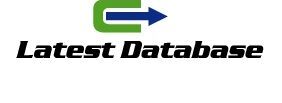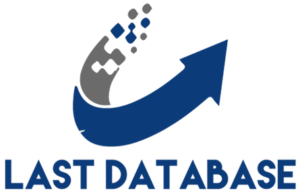Unfortunately? each automaker only has 2 million Then each samples at most. So multiple automakers joined together? and they did not share any IDs with each other (no secure intersection)? but each calculated a “rough” car purchase prediction model based on its own samples. of its own calculated model to a third party? and the third party integrated a new model based on the models of these automakers. This new model was then sent to each automaker? and calculations were performed again to optimize the “gradient” of the model.
As for what the gradient is Then each
I won’t explain it because it’s too technical. You how to apply for whatsapp green tick verification? can simply understand it as further optimizing the parameters in the model.
This process should be repeated several times until the model is reliable and can be used by every car company.
You see? every car company has not made any of its samples public? but they have all obtained a reliable car purchase prediction model.
The so-called horizontal federated learning
Here horizontal? means that the parties involved in the bank’s parent holding company discover financial calculation have different sample IDs? but the attribute types of these IDs are the same. For example? buyers have the same types of behaviors in the private and aero leads data domain (checking car models? checking car purchase finance? asking customer service? etc.? and each car company’s private domain has these same interactive functions)? the same social attribute types? etc. In vertical federated learning? the sample IDs are the same? but the attributes behind the IDs are different.
Having said that? I have basically finished what I wanted to say. However? there are still some issues that I have not been able to elaborate on here? such as what role these application scenarios play? what is their significance to different industries? and the legal and compliance issues of privacy computing in digital marketing.






